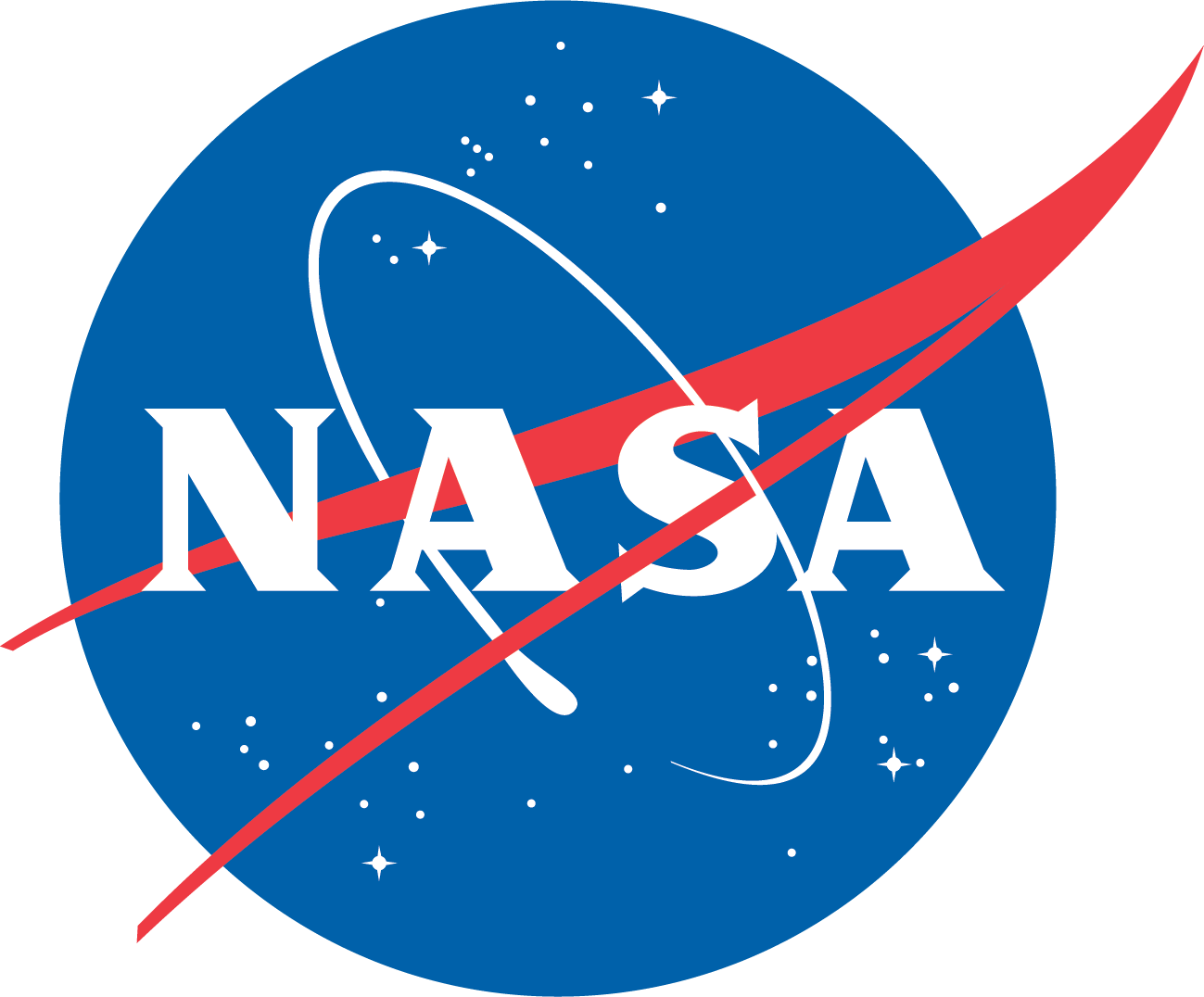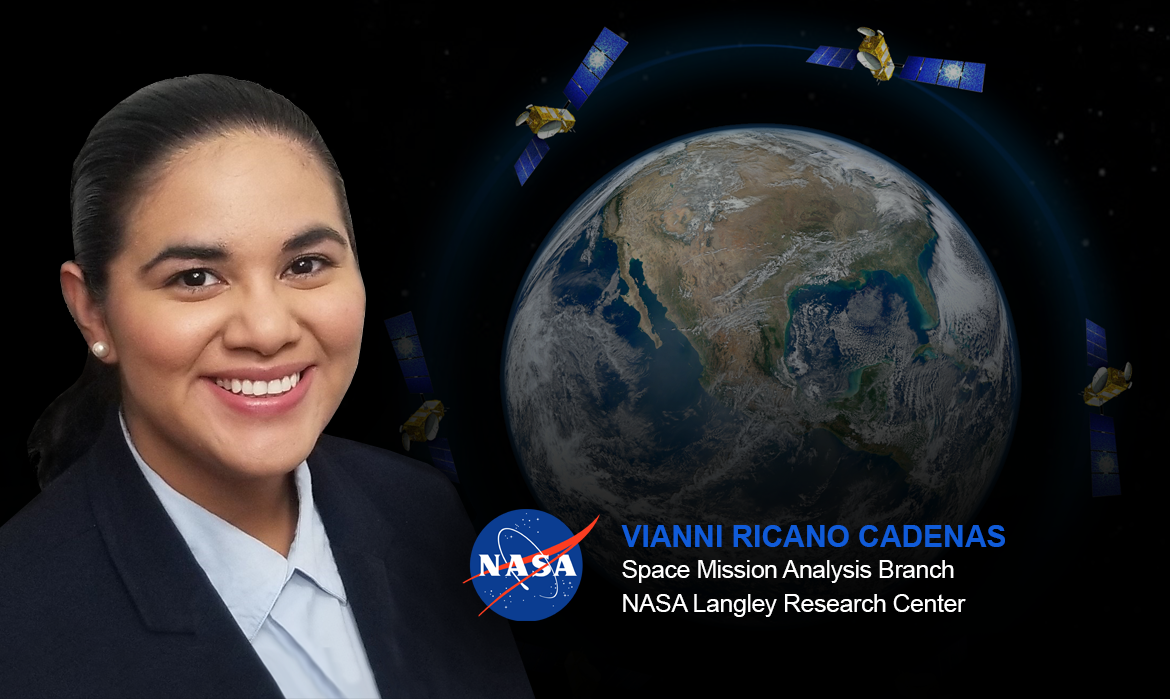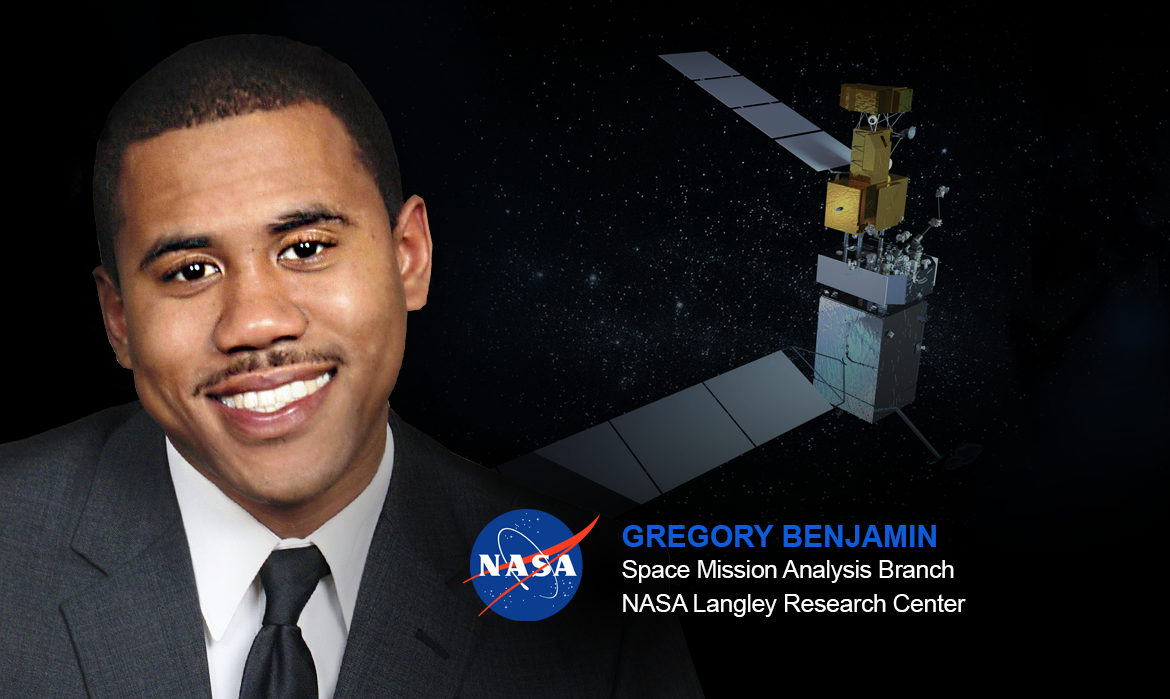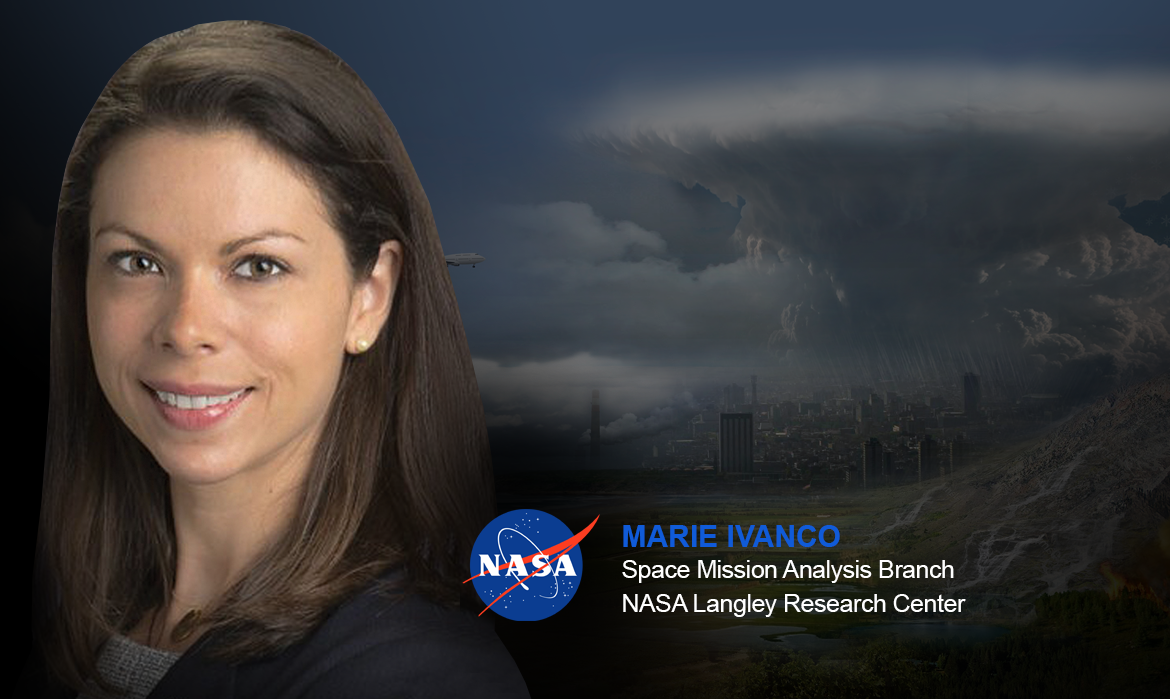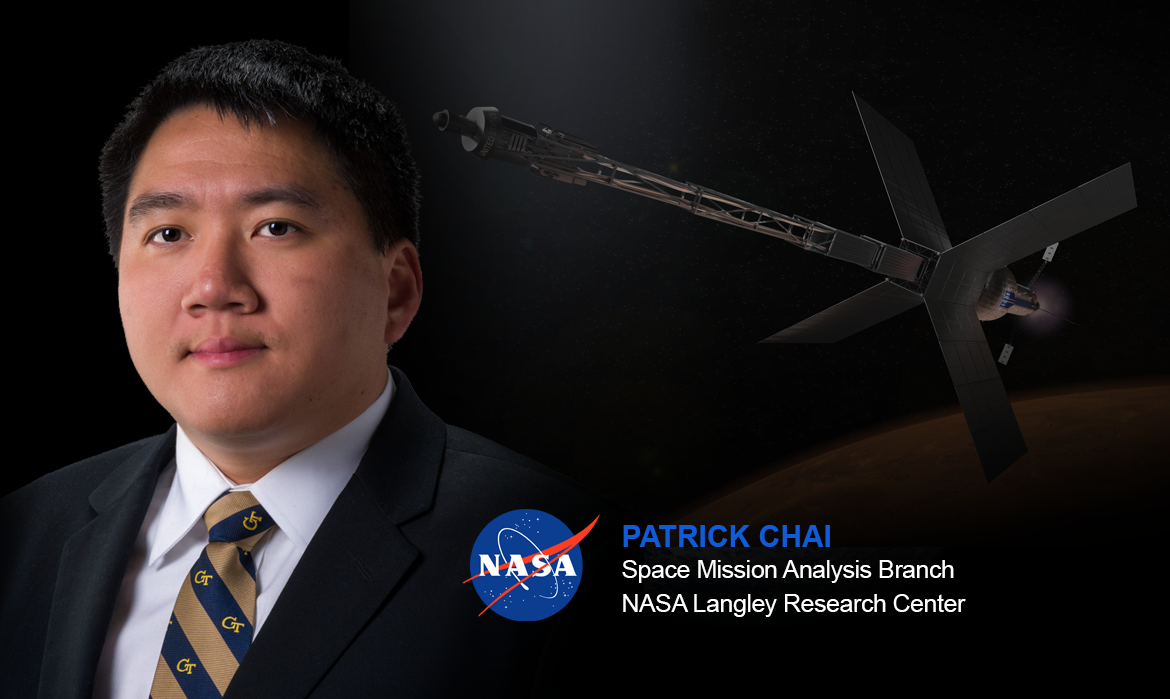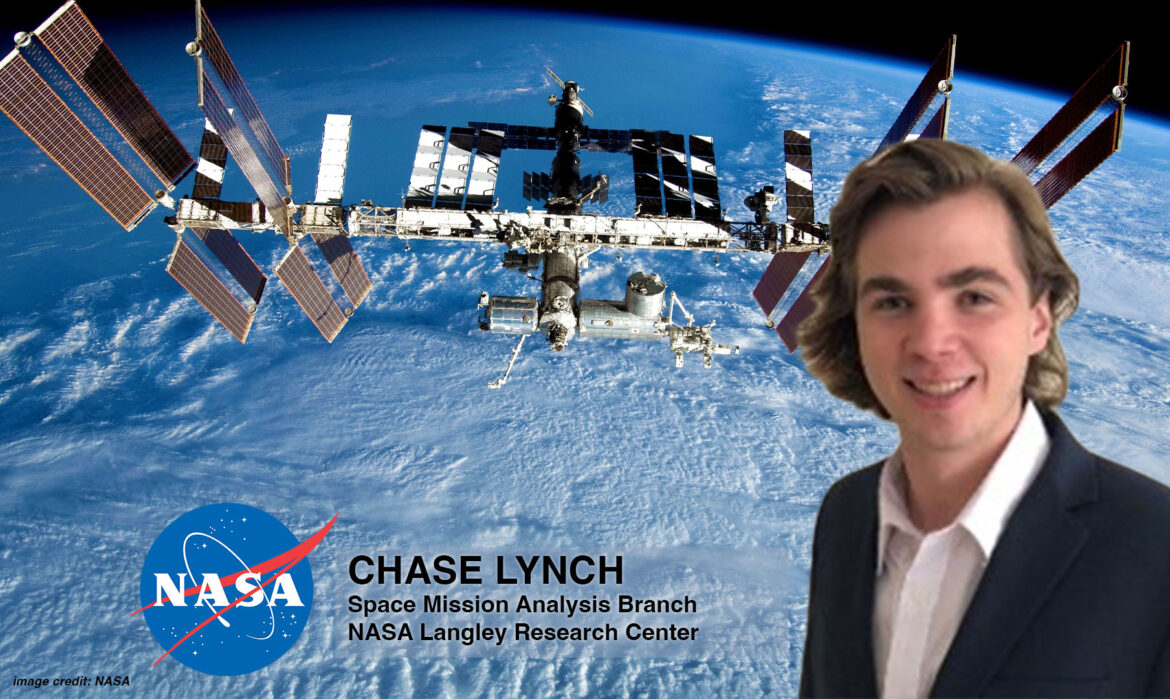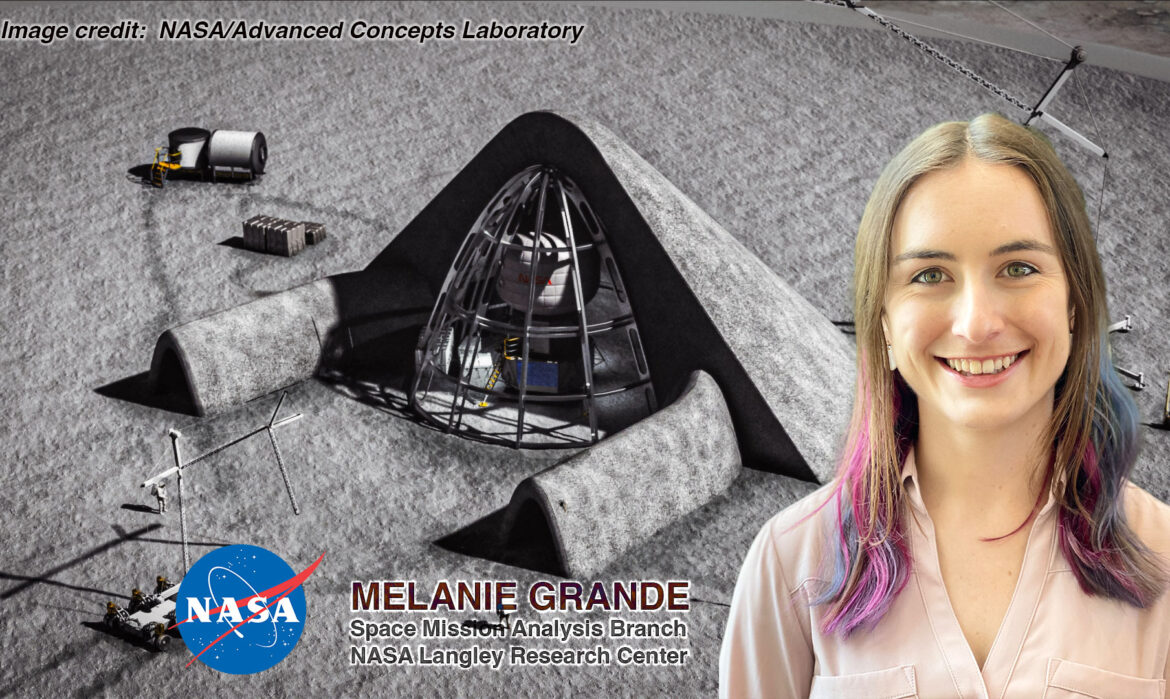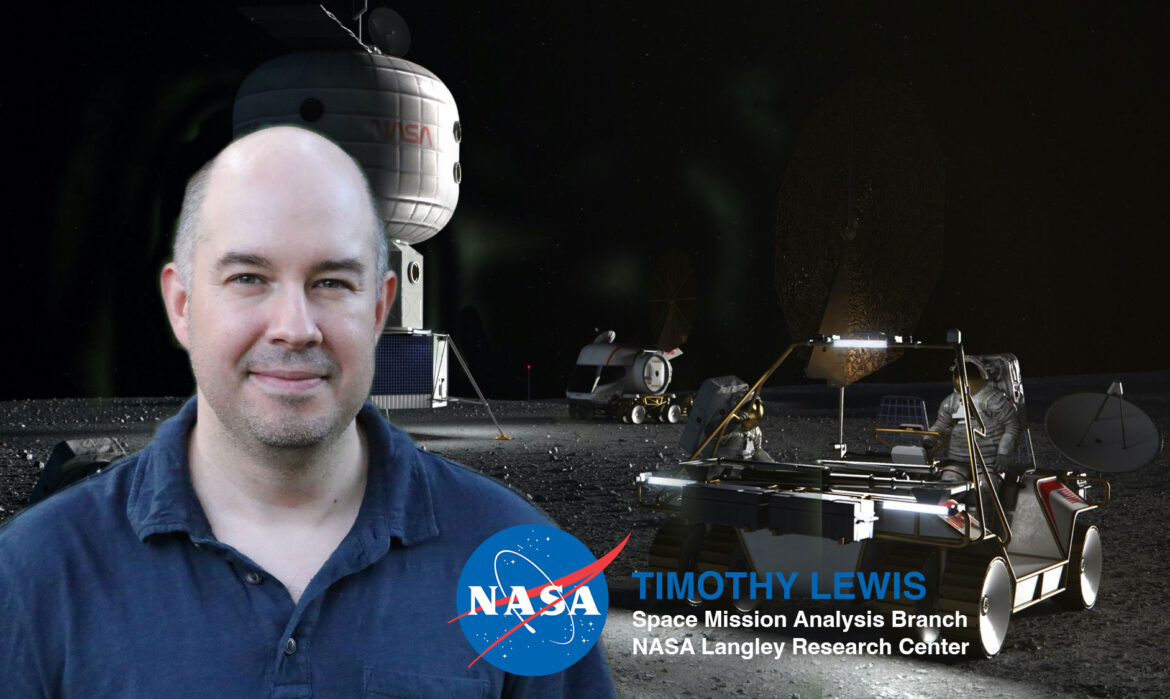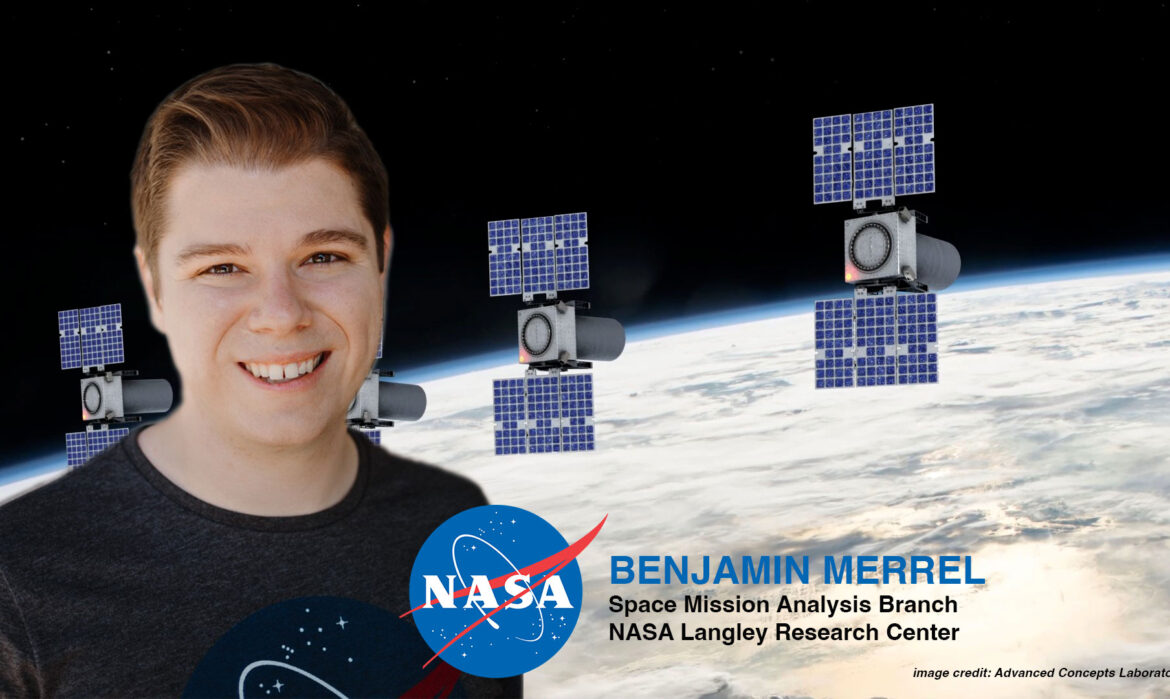Searching for Science Mission Opportunities, featuring Katie McBrayer
When space scientists come up with a new mission idea, what is the process for determining if the mission is technically feasible? This is where aerospace engineer Katie McBrayer steps in.
McBrayer, an analyst with the Space Mission Analysis Branch (SMAB) at the NASA Langley Research Center in Hampton, VA, enables the science mission design process through her orbital analysis. In one case, local planetary scientists proposed a mission concept to investigate the atmospheres of the outer planets, particularly those of Uranus and Neptune. They intended to determine atmospheric characteristics, such as chemical composition, by viewing how light from bright stars defracted as it passed through these planetary atmospheres. This, however, is only possible when the planet blocks a bright star from view while it travels on its orbital path. McBrayer’s task was to find the opportunities, if any, when this strategic alignment would take place from the perspective of an observing spacecraft in the Earth-Moon system.
Using the requirements provided by the scientists, McBrayer developed the general approach for the analysis. For the given mission timeframe, she used commercial software programs to figure out where the planets would be located and which stars would be blocked at those locations when viewed from either an Earth or lunar orbit. McBrayer then determined what kinds of orbits would work for a spacecraft to observe these transient events. The results showed that there were a couple of opportunities for each of the planets within the specified timeframe, which allowed the science team to further hone their mission concept based on those options.
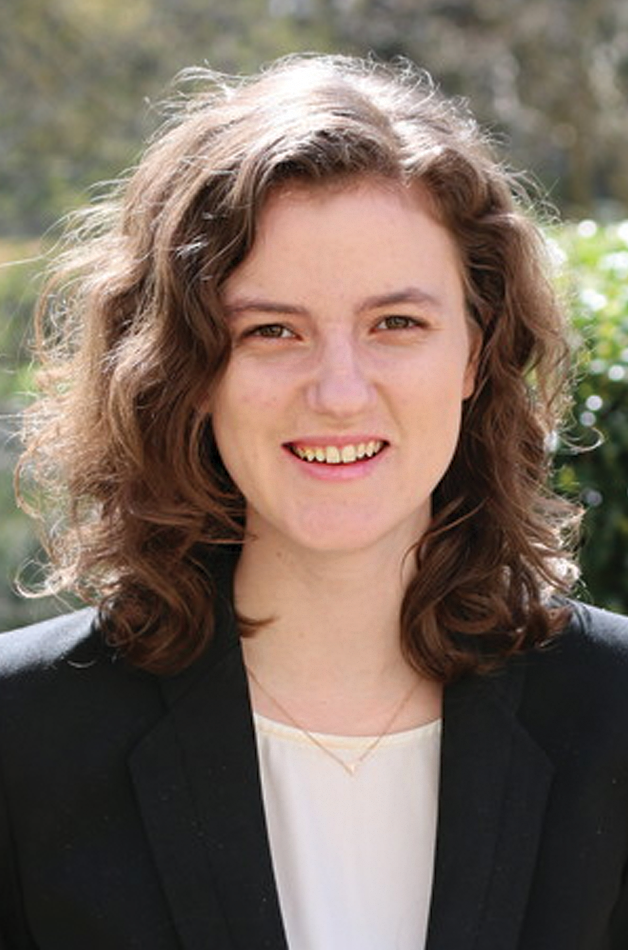
“It was interesting working with the actual scientists to get the actual requirements, but also being able to learn new things with the analysis and using the tools in new ways.”
How has working on this project differed from McBrayer’s prior experiences? While she had previously worked on science mission analysis using the same tools, this task had a new twist to expand her skills out beyond Earth orbit, especially with the necessity of identifying stars and their locations relative to the planets. “It was interesting working with the actual scientists to get the actual requirements, but also being able to learn new things with the analysis and using the tools in new ways.”
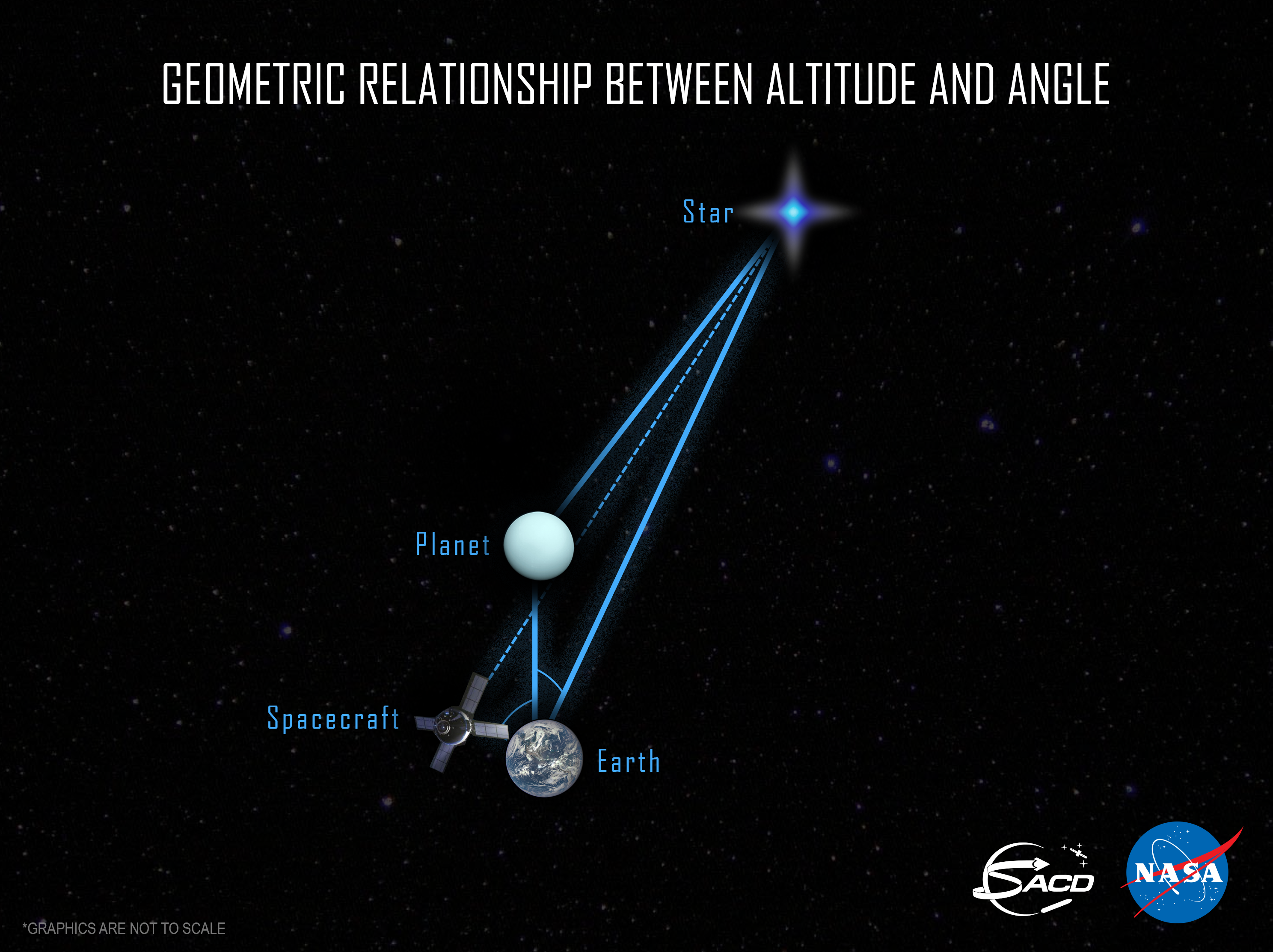
Although McBrayer may have been certain about her career path into aerospace since watching a space shuttle launch at age nine, she is no stranger to uncertainty. Just a few months after graduating with her master’s degree from the Georgia Institute of Technology and starting full-time in SMAB, the COVID-19 pandemic impacted all aspects of life and work at NASA. With all that ambiguity, finding desirable results on a project with many unknowns at the onset was especially rewarding. As McBrayer noted, “It was neat to see that we were able to identify results. We had no idea if we’d be able to identify any opportunities, so being able to was really cool.”
Author/Contact: Emily Judd
Published: December 2020

